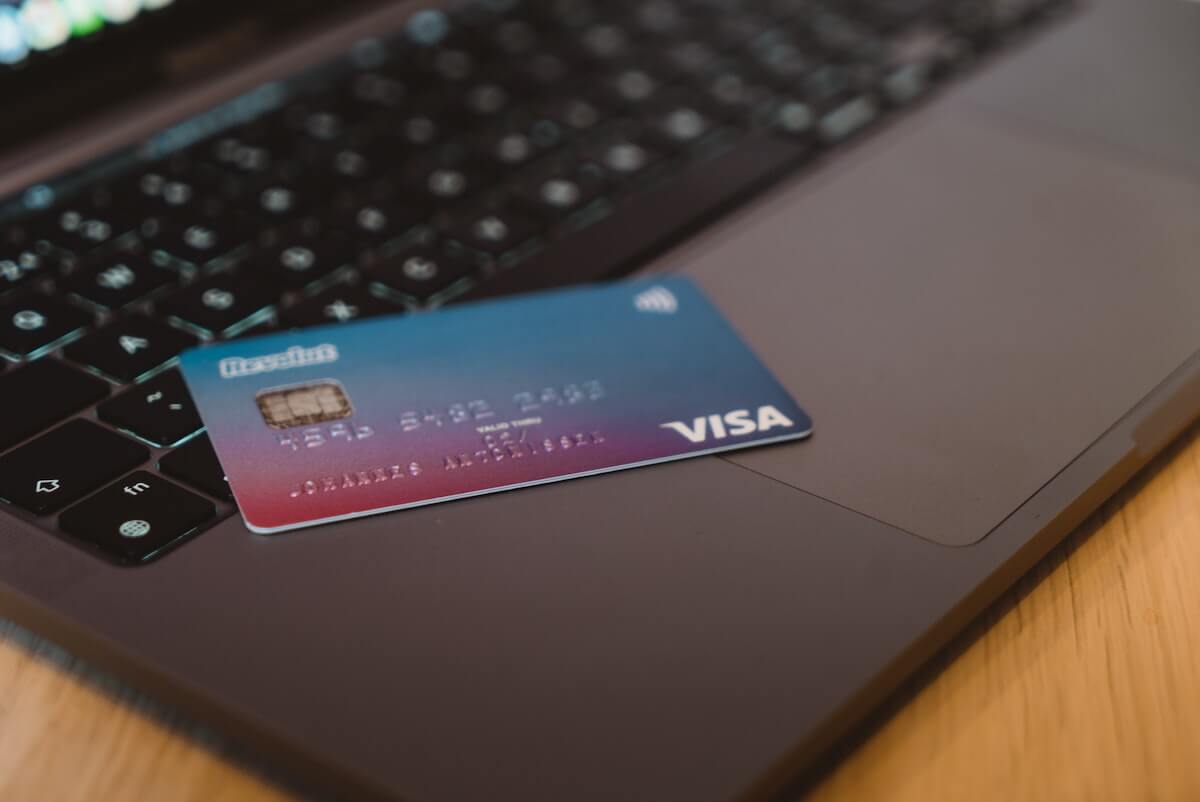What is a Credit Card CID/CVV/CVV2 Number?
Last Updated: October 18, 2022 • 4 min read
Disclosure: This page may contain affiliate links and we may receive a commission through them, but this is at no additional cost to you. For more information, please read our privacy policy.

The CID, CVV, or CVV2 number on your credit card is used to limit credit card fraud. These numbers are only printed on your card and stored in the database of the credit card issuer as a security feature. That means that a credit card skimmer or other nefarious hackers have a harder time compromising your card.
What Does CID Stand For?
CID stands for Card Identification Number. It is part of a larger collection of security codes with different names for credit cards that are not stored in the magnetic stripe on the card or in the EMV chip.
CID is used by credit card issuers American Express and Discover. On American Express cards, you will find the CID on the front of your credit card right of your main credit card number and will notice that the number is a 4-digit code, don't confuse this with the expiration date which will also be a four-digit number. If you have a Discover card, you can find the three-digit code on the back of your card right of the signature panel.
The CID helps protect against credit card fraud by cutting down on unauthorized usage of credit cards in non-physical credit card transactions. The biggest example is when making online purchases or through an app. However, over-the-phone purchases frequently ask for the CID as well because they are then using internet transactions to bill your card along with your credit card account number, and the rest of your credit card information.
What is a CVV Number on a Credit Card?
The CVV number (also known as CVV2 or CID) on a credit card is printed on every credit card you come across.
The short three or four-digit code is not stored on the magstripe on the credit card, and it is also not stored in the EMV chip. The reasoning behind this is that the code is used to ensure that when the card is used for purchase the physical card is present with the card holder.
The CVV code combats credit card fraud, as it cuts down on the unauthorized usage of credit cards when the card is not present for the transaction. That is usually for online merchants but can also include over-the-phone purchases, or any other manual purchases.
What Does CVV2 Stand For?
CVV2 stands for Card Verification Value 2. Currently, Visa and Mastercard use a three-digit CVV2 code for their extra layer of security. This value is not stored in the EMV chip or the magstripe on the card. The special 3-digit code can be located to the right of the signature box on the back of your credit card.
If you are curious about CVV1, that is the technology surrounding a number encoded in the magnetic strip on your credit card. However, that is not to be confused with the term CVV. CVV is actually the industry catch-all phrase for CVV2, CID, etc.
Where To Find Your CID Code On Your Card
If you have an American Express card then you will find your CID on the front of your card. The other three major credit card companies Visa, Mastercard, and Discover all keep credit card security codes on the back of the card.
Let’s summarize all this in a small table.
| Issuer | Code Location | Code Length | Code Name |
| American Express | Front of the Card | 4 | CID |
| Discover | Back of the Card | 3 | CID |
| Mastercard | Back of the Card | 3 | CVV/CVV2 |
| Visa | Back of the Card | 3 | CVV/CVV2 |
It doesn’t matter where the code is on the card, it has the same purpose. It creates another layer of security to prevent credit card fraud. When a credit card is swiped or tapped when you are purchasing something the code is not transmitted. The code is mainly used as a way to prove physical possession of the card to the credit card company.
Final Thoughts
The CVV, CVV2, and CID number are important parts of the process to protect you from credit card fraud. They are only one piece of the puzzle. The most important part is you. What are you doing to up your game and protect yourself from credit card fraud?